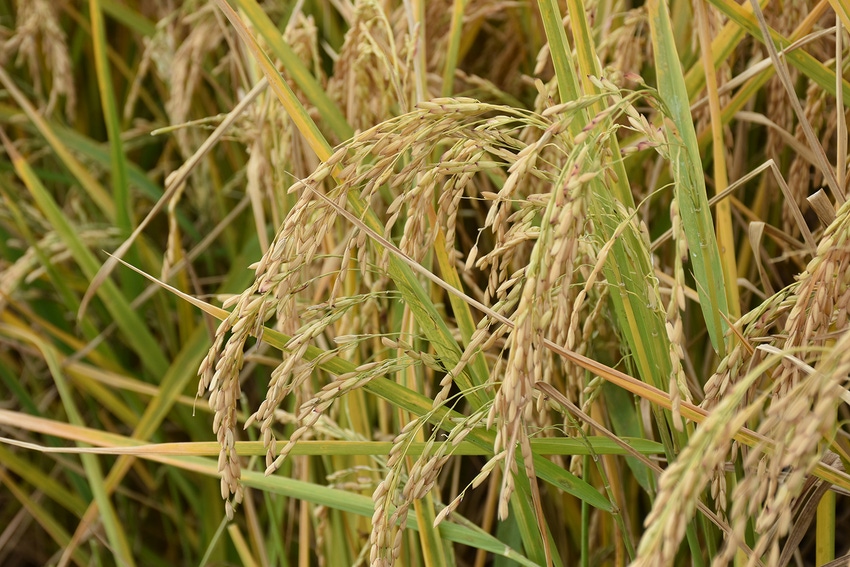
I've had many spirited discussions regarding carbon credits over the years. I can't say that I'm thrilled about another hoop producers have to jump through in order to prove that they are doing what they need for sustainability, but it is a reality in the current marketplace.
Suddenly, in the last few weeks a renewed fervor has developed. Friends and acquaintances are discussing how best to capitalize on what appears to be a good opportunity for farmers to add to their bottom line.
I recently found that in the past few years the USDA-ARS Delta Water Management Research Unit in Jonesboro, Ark., has had a part in the creation of field procedures that helped guide farmers through the process of acquiring carbon credits in rice for the first time here in the Delta.
Part of that story is included in this issue.
Practices that have become common place in the Midsouth, like reduced tillage and cover crops are good examples of some of the things growers can take advantage of that will support the accumulation of credits. The standard carbon credit trading unit is one metric ton of carbon sequestered in the soil.
In late June the U.S. Senate passed a bill that would establish a program within USDA to certify third-party providers to help farmers and landowners generate carbon credits. The bill creates an advisory council that includes agriculture experts, farmers, and scientists, to ensure the certification program stays up to date.
The House is not as far along in its path to passing a bill and conservative leadership has concerns regarding USDA's role.
In the meantime, companies like Indigo Ag are counting on efforts to build a base of producers they can guide and help market their carbon credits. A recent Indigo Ag webinar highlighted what they are doing to take advantage of the credits.
While current credit prices stand at roughly $6 per ton at the time of this writing, future prices are trending upward. Indigo maintains that prices will continue to rise.
I read a report that noted that prices may go up substantially in the next several years.
Since the process of sequestration is right in line with the current trend toward more sustainable practices in agriculture, it makes sense to capitalize on that as producers embark on certification and verification programs like the Cotton Trust Protocol.
I was in California one time with a group of farmers from the Delta. As the California producer was explaining all of the regulations and processes he had to go through to meet the standards in that area, a Midsouth farmer asked, "Why do you even bother?"
The grower replied, "It's just what we're used to."
And, like other changes in the agriculture environment, it seems that carbon credits are another one of those things we're just going to have to get used to.
About the Author(s)
You May Also Like






